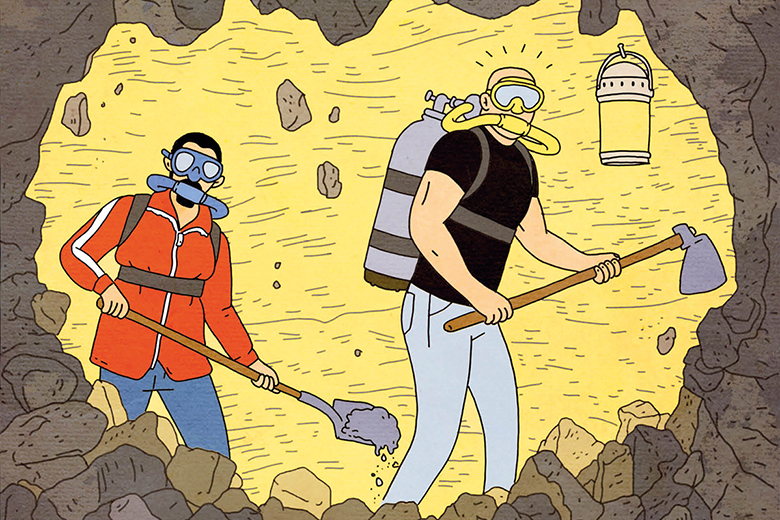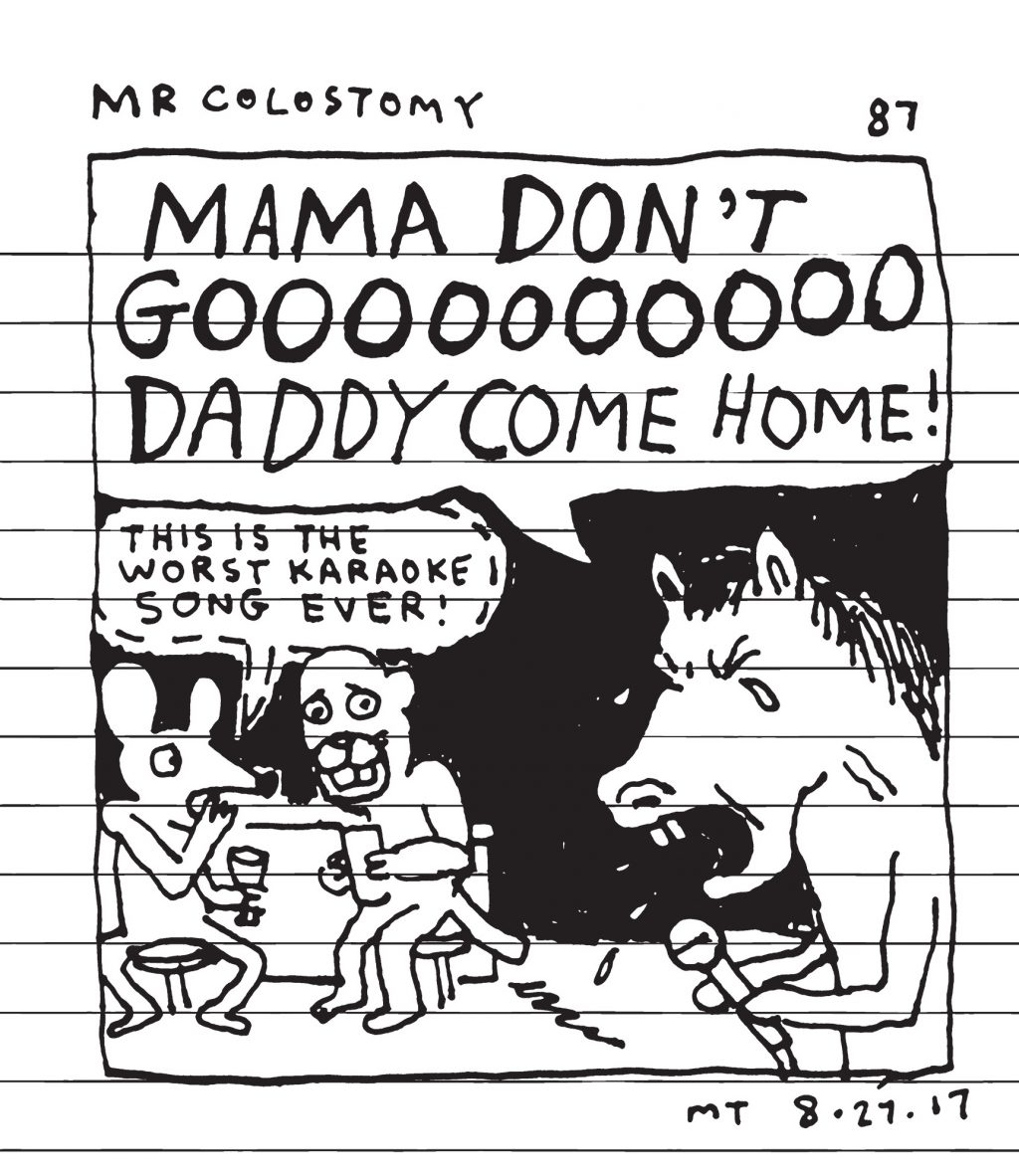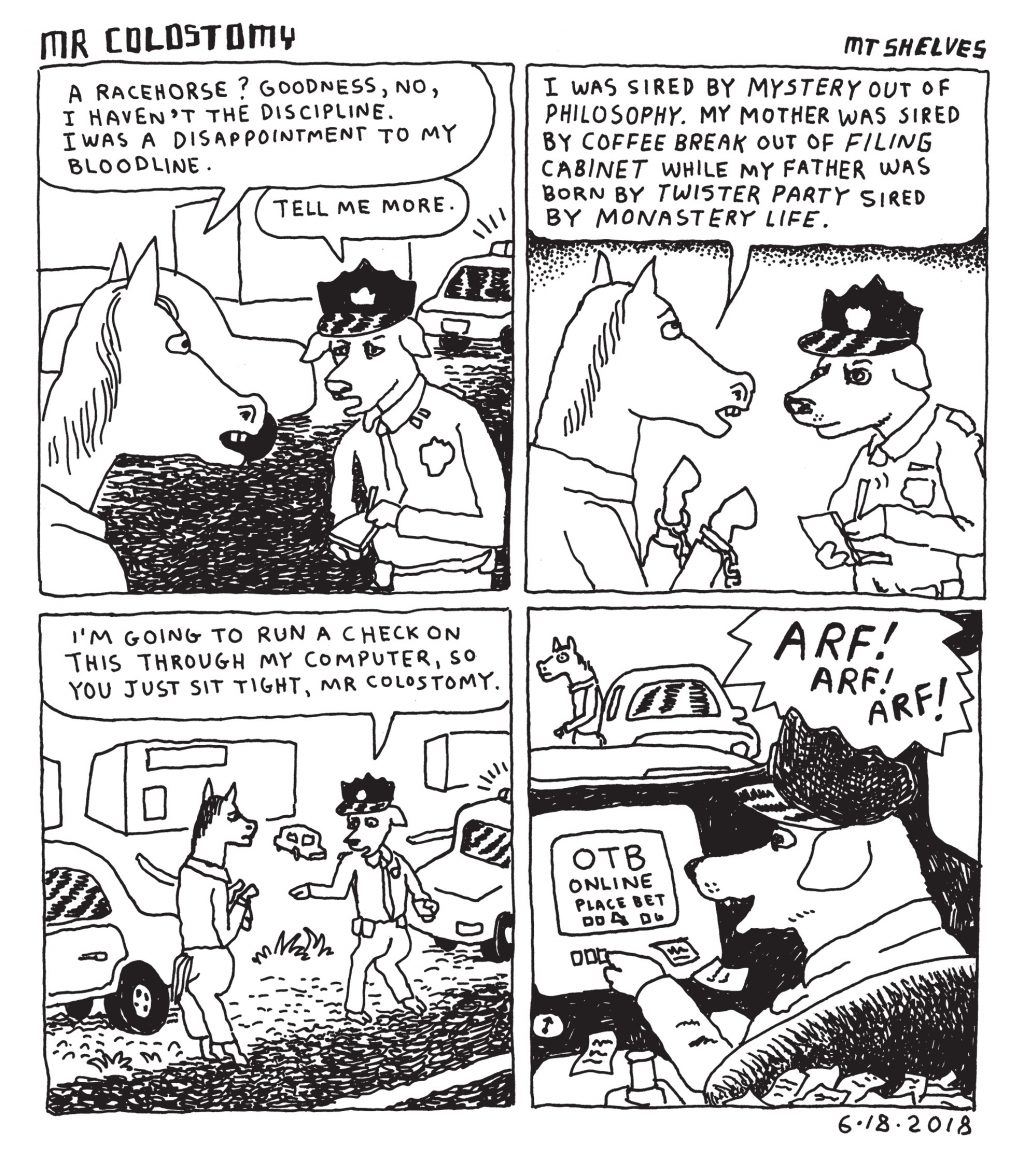I arrogantly recommend…by Tom Bowden is a monthly column of small press and books-in-translation reviews by our friend, bibliophile, and retired pavement inspector Tom Bowden, who tells us, ‘This platform allows me to exponentially increase the number of people reached who have no use for such things.’
Links are provided to our Bookshop.org affiliate page. If unavailable, please call, we’ll try to help. Most of the reviewed titles are stocked at Book Beat. Thank you for your support! Read more arrogantly recommended reviews at:
I arrogantly recommend… by Tom Bowden.
 Air Raid
Air Raid
Polina Barskova (Valzhyna Mort, trans.)
Ugly Duckling Presse
The poems of Air Raid are often built upon phrases found in documents made available to researchers after the Soviet Union’s collapse. Letters, notes, and other ephemera written either during the time of Stalinist purges or during the near 900-day siege of Leningrad. Other poems are based on archival materials from collections outside Russia.
The prelude to the poems that make up “Air Raid” imagines apartment residents congregating when the mail arrives, only to find the following marks on their letters:
Postmark:
“returned mail” “urn mail” urrrrrrrr
“doesn’t reside at this address” doesn’t doesn’t this
“unable to deliver”
FRANKLY SPEAKING I’M WORRIED ABOUT YOUR SILENCE
Already 10 hours
Already 10 years
Already years your silence worries me
Although this poem ostensibly concerns the siege of Leningrad, would any part of it change if the topic were victims of Stalin’s purges? Whether by their own government or by Nazi forces, Soviet citizens were targets of deliberate annihilation. Here is a response to Nazi atrocities from the point of view of a Polish Jew, “Aladdin,” a poem in the cycle “Hampshire College Archive. Personae.”
A blackened milk tin
contains a letter of Israel Lichtenstein
written in the year of 1942 obviously.
Naturally, in the Warsaw Ghetto
two weeks before his departure to Treblinka.
Naturally.
The letter reads:
I accept oblivion for myself and my loved ones.
(My wife, whose name here is meaningless,
leave her here now nameless and faceless)
ready to become pearl string of teeth,
a chestnut lock in a mattress, a shadow.
Yet, we really wish
that whoever finds this letter inside a milk tin
resembles our daughter—Margalit.
Today, she turns twenty months.
O, she’s an extraordinary child!
Let me tell you, what a little talker, our Margalit!
Whether Barskova bases her poems on archival material or writes from creative empathy, she discovers places of hopeful persistence and joy, with love as the propelling force.
Bilingual edition with a lengthy interview of Barskova by translator Valzhyna Mort.
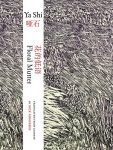 Floral Mutter
Floral Mutter
Ya Shi (Nick Admussen, trans.)
Zephyr Press
Born in a commune at the dawn of the Chinese Cultural Revolution in 1966, Ya Shi (meaning “mute stone”; his given name is Chen Xiaoping) is a major name among contemporary mainland Chinese poets, who grew up during the violent 10-year period of the Revolution, when everything changed for everybody. Ya’s works have often circulated in “unofficial” copies, a sort of Chinese samizdat. (The government determines what may be printed, even (especially) at the photocopy level.)
Nick Admussen’s foreword discusses the difficulties facing translators of Ya’s poetry, including visual puns that are possible with Chinese characters but not with our Roman alphabet. He forewarns us multiple translations of Ya’s poetry are possible, each bringing out and emphasizing one set of each poem’s interpretive possibilities. Readers fluent in Mandarin can see for themselves on the facing pages where the originals are printed. As an introduction to Ya’s poetry, the book’s four sections represents some of the different forms he works within: Sonnets, Free Verse, Fragments, and Essays (for the latter read “prose poems”).
Here are the lines opening “Years”:
Evening I lie down like a guttering flame
listen to the insects outside the stone house approach and recede
if it’s early spring then the atmosphere clenches
covering the beetle crackle that will become blossoms on leaves
having been backhanded daily by the mountain wind
this stone house is dimming in color and growing calms.
Even if we take Admussen’s word that we’re reading a lesser version of Ya’s expressiveness, we’re still left with beautiful poetry.
 Blind Owl
Blind Owl
Sadegh Hedayat (Sassan Tabatabai, trans.)
Penguin Classics
Sadegh Hedayat was an Irani writer who lived from 1903-1951 and whose Blind Owl was published in 1936. The protagonist is a ridiculous fellow who spends his days smoking opium, drinking hooch, and painting pen cases. The same design on every case. Every day. Hence vitamins O and H.
Oh. And. A hate / love relationship with his wife (aka “the slut”) (spoiler alert: they might also be siblings) both raised by the same wet nurse (with a more-than-motherly attraction to her male charge) but sired by either their mother’s husband or his identical twin, the mother is uncertain. So, there’s the incest. Plus, the opium and hooch.
Did I mention a dead body? Hands up if you think it’s an under-age girl whose corpse was fucked by the protagonist! Just so we’re all on the same page—which includes suitcases stuffed with body parts. Non-stop dread and anxiety across its 87 pages. Recommended.
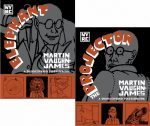 The Projector and Elephant
The Projector and Elephant
Martin Vaughan-Jones
NYR Comics
In the late 1960s-early 1970s, Martin Vaughan-Jones, a British-born artist living in Canada, published, under the aegis of Coach House Press, four books that each told stories (of sorts) in pictures, with some dialogue. The editions of Vaughan-Jones’s works were small, but word-of-mouth brought about awareness of his works on the part of cartoonists and other artists, while still flying under the radar. Now NYR Comics has reprinted two of the works in a beautiful hardcover edition on heavy paper stock. (Coach House Press uses, or used to use, artisanal presses and papers, so those original copies probably still look great.)
The narrative has a dream-like, surrealist feel to it, qualities at the time that were generally labeled “psychedelic.” Vaughan-Jones succeeds in replicating the feeling accompanying dreams that an underlying sense supports fast changes in place and of objects viewed, interacted with, and talked to. The sense of an underlying logic is buoyed along by repeated motifs and images: things falling, urban congestion and confusion, problems with the boos, social superficialities, intrusive and aggressive advertising, and so on, exploiting the possibilities of the 8-1/2”x11” format in ways like Hariton Pushwagner’s Soft City, also published by NYR Comics.
Vaughan-Jones’s greatest triumph in the medium of cartooning arises when he trusts his ability to convey his “stories” with images only rather than rely on written narrative to help carry the weight of conveying information and moving the story along. An excellent volume, strong throughout. I hope it does well enough to encourage a re-press of his other two books.
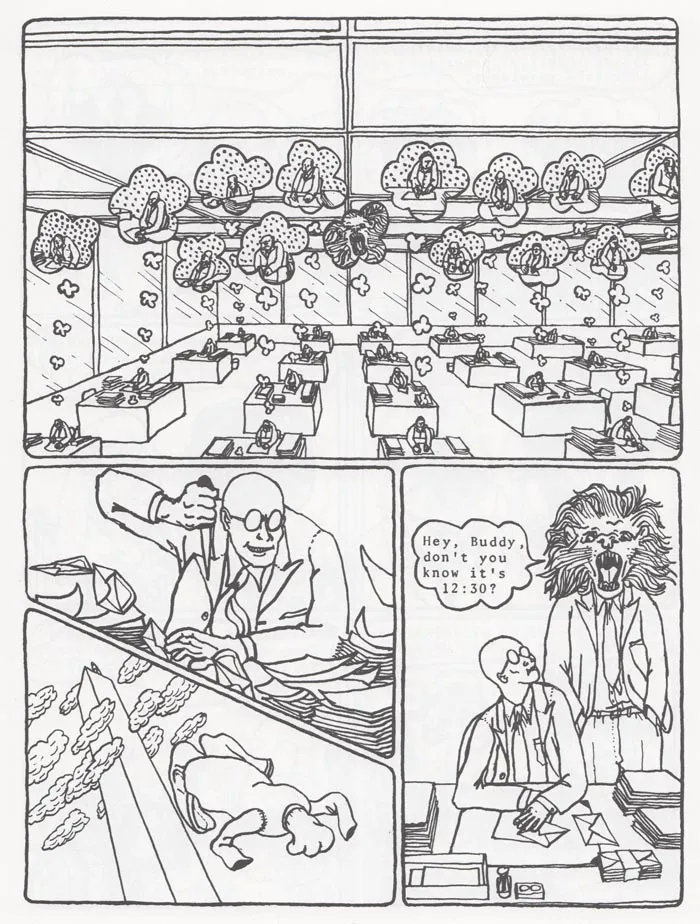
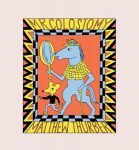 Mr Colostomy
Mr Colostomy
Matthew Thurber
Drawn & Quarterly
A collection of silly, improvised cartoons based on the four-panel form, one gag per page, most involving a walking horse, the eponymous equus Mr Colostomy, and his sidekick Groomfiend, a mouse, in adventures ranging from the surreal to the satiric. A lot of fun and recommended.
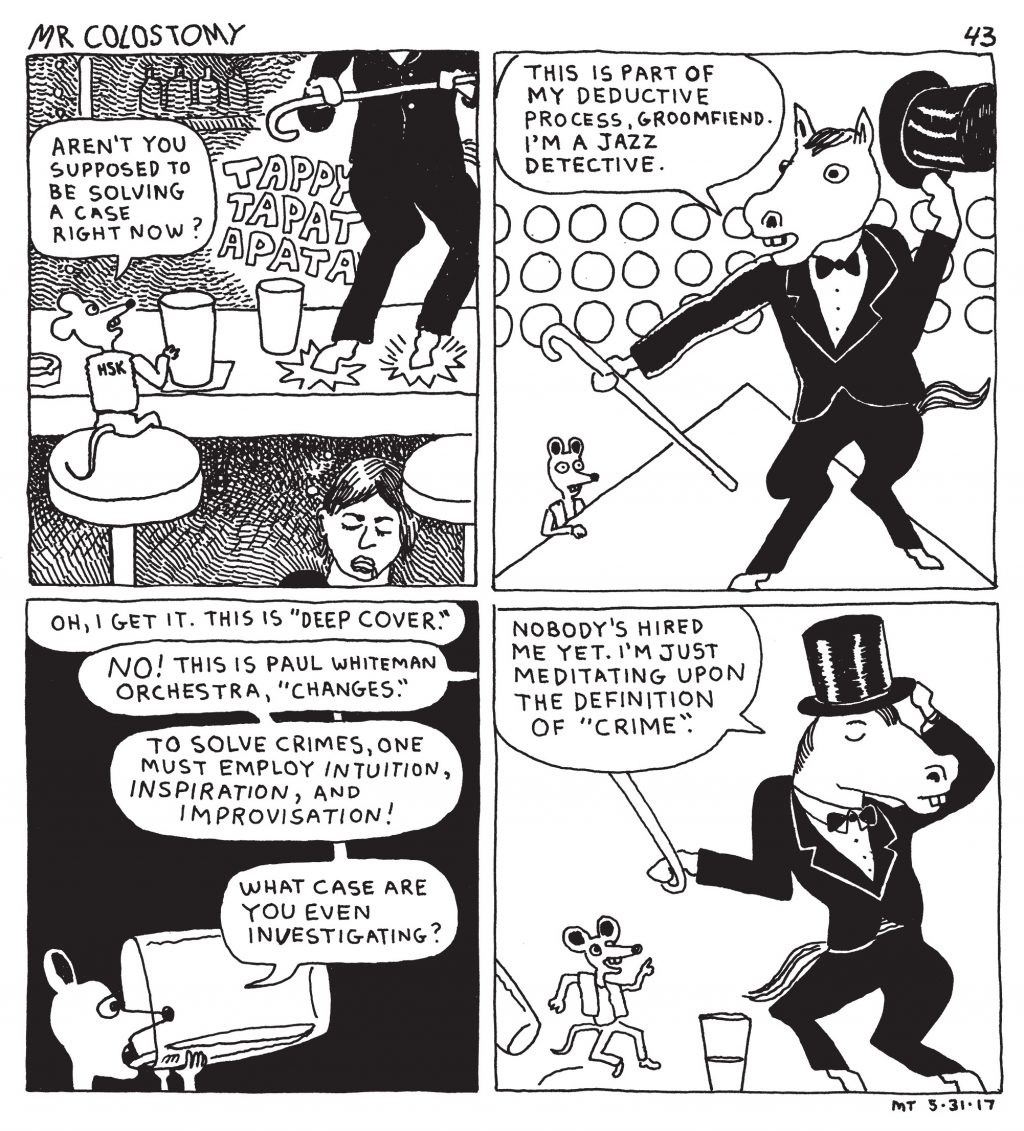
 A Shock
A Shock
Keith Ridgway
New Directions
A set of stories interconnected by characters and place—friends, acquaintances, and lovers—mainly gay—who live in the same condo complex. The stories are well-paced with characters engaging in casual sex and drug- and alcohol-use, under conditions of uncertain employment or source(s) of income. However, the stories cannot lead to the dramatic conclusion suggested by the book’s title since the ending is told at the outset. A circular story involving an apartment whose residents mysteriously disappear sounds like a nice premise but the delivery—the novel—boils down to slice-of-life tales of debauchery with unnecessary formal twists.
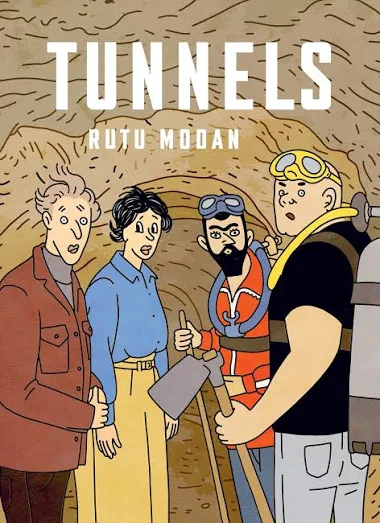 Tunnels
Tunnels
Rutu Modan
Drawn & Quarterly
Who doesn’t like a good Ark of the Covenant story? Mystery, ancient history, religion, politics, egos, and lots of action as they all clash, good guy versus bad guy (sic). Trouble emerges once a new and seemingly obscure clue is decoded, trouble in the form of foes racing to find first the Ark of the Covenant. The focus on tunnels in the title I assume comes from the fact that some tunnel networks originally dug in ancient times are still used to today or intersect with new tunnels, also used for escape, hiding, smuggling, and—these days—storing munitions, making the terrain dangerous. Here, everything above and below ground has world-religious and political-historical implications. Will the Ark be found, and what might happen even if it were?
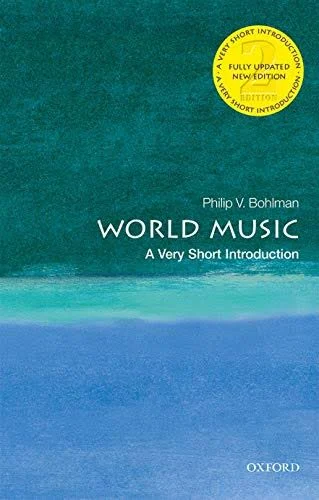 World Music: A Very Short Introduction
World Music: A Very Short Introduction
Philip V. Bohlman
Oxford University Press
As its subtitle indicates, this is a concise guide to world music—what it is, how it came to be, what is at stake (who benefits from the recordings?), and so forth. The writing is crisp and well-paced and the descriptions clear and accessible to non-specialists (i.e., the book’s target audience). Beginning with the development of music via folk songs were widely shared across the territories surrounding the Mediterranean, the songs mediating epic historical myths and adventures, such as The Iliad.
National and diasporic musics are discussed, and three-and-a-half pages devoted to polka, especially its Northern and Southern U.S. border traditions. Famous collectors and publishers of music are named and their works cited, with 10 pages of references and sources for further reading and listening provided.
The analyses, however, are, to anyone familiar with Marxism, entirely replaceable with the phrase: “For all unequal relationships described in this book, assume standard Marxist conclusions.” But, it’s an intro, and it’s all to the good to raise the ethical issues inherent in the subject that newcomers may be unfamiliar with. Better as a resource than as something to pour over, it serves its purpose as a gateway to music of the world’s peoples.
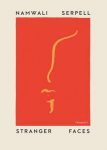 Stranger Faces
Stranger Faces
Namwali Serpell
Transit Books
A series of essays on the real, metaphorical, and metonymic meanings of “face,” using the Elephant Man, racial passing, Psycho, and Grizzly Man as some of his examples of the hidden face, the duplicitous face, the blank face, and so forth—all related to how faces serve as our basis “knowing” others. That idea for the book is fertile ground for exploring. However, I cannot take seriously any arguments founded upon Freud’s own unexamined assumptions, all free of scientific rigor. Evidence-free sophistries and assumptions are too much on tap throughout the book, along with a paucity of definitions, and a tendency to conjure “examples” willy-nilly via puns: “‘a’ sounds like ‘b’ (pun), so, yeah, that’s part of what I’m talking about too.” The topics Serpell has chosen are interesting, but her presentations are so laden with inept theorizing that, say, a comparison of blank expressions by humans and bears is less enlightening than it is predetermined by theoretical prediction. One is an emotionally and intellectually satisfying conclusion, the other a dull matter of checking off items from a list.
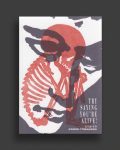 Try Saying You’re Alive!
Try Saying You’re Alive!
Kazuki Tomokawa (Daniel Joseph, trans.)
Blank Forms Editions
Reading like an oral autobiography (the narrative reads as in response to off-stage questions), Try Saying You’re Alive! is about Kazuki Tomokawa, a Japanese poet, painter, and songwriter born in 1950, who made his performance debut in 1974 after his career as a high school basketball coach fizzled out. Tomokawa’s musings are wide ranging, and the topics are organized by chapters. For instance, Chapter 2—aka “No Fucking Way! Flesh and Spirit: On anger”—has such Henry Rollins/Jello Biafra-approved subsection titles as “No Excuses for Yourself or Anyone Else,” “See Society and Scream,” “Productive Anger,” and so forth. A life lived intensely. (Although, rather than apply that ethos to his physique as well, a là Rollins, Tomokawa follows a strict high-intake alcohol regimen.) In addition to this book, Blank Forms has also re-released Tomokawa’s first three albums in LP, CD, and DL formats, which are strange and beautiful—although I don’t understand the lyrics, the performance draws me in.

